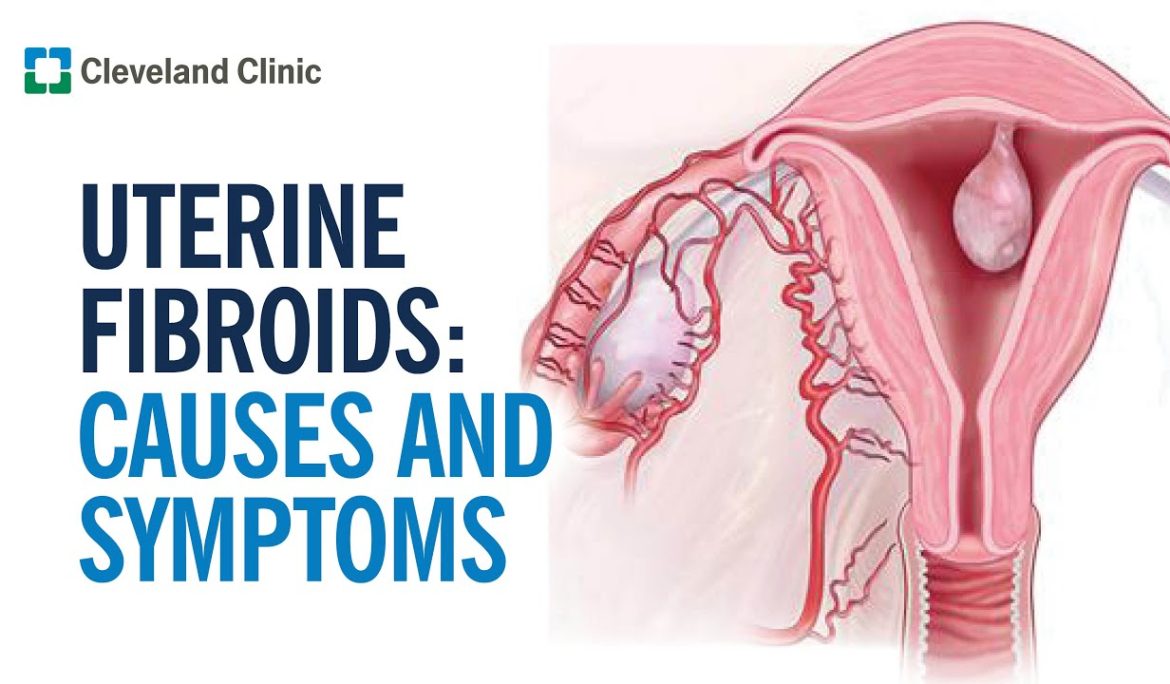Introduction: Uterine fibroids are a prevalent health concern affecting millions of women worldwide. Despite their common occurrence, many individuals are unfamiliar with the complexities surrounding these noncancerous growths. In this comprehensive guide, we delve deep into the realm of uterine fibroids, exploring their causes, symptoms, diagnosis, treatment options, and the empowering journey to reclaiming health and vitality.
Chapter 1: Demystifying Uterine Fibroids In this chapter, we uncover the basics of uterine fibroids, elucidating their definition, types, and prevalence. From understanding the role of hormones in fibroid development to exploring risk factors and potential genetic predispositions, readers gain insight into the multifaceted nature of these benign tumors.
Chapter 2: Symptoms and Diagnostic Approaches Uterine fibroids can manifest in a variety of ways, ranging from subtle discomfort to debilitating symptoms. In this chapter, we explore the diverse array of symptoms associated with fibroids, including pelvic pain, heavy menstrual bleeding, and urinary frequency. Additionally, we delve into the diagnostic tools utilized by healthcare providers, such as ultrasound, MRI, and hysteroscopy, to accurately assess and diagnose fibroid-related conditions.
Chapter 3: Understanding Treatment Options From conservative management strategies to surgical interventions, a multitude of treatment options exist for individuals grappling with uterine fibroids. In this chapter, we examine the spectrum of therapeutic modalities available, including medication, uterine artery embolization, myomectomy, and hysterectomy. By weighing the benefits, risks, and potential side effects of each approach, readers can make informed decisions tailored to their unique circumstances.
Chapter 4: Navigating the Emotional Journey Living with uterine fibroids can evoke a range of emotional responses, from frustration and anxiety to fear and uncertainty. In this chapter, we address the psychological impact of fibroid-related symptoms on individuals’ quality of life and well-being. Through strategies for coping, self-care practices, and fostering a supportive network, readers discover resilience and empowerment in the face of adversity.
Chapter 5: Holistic Approaches to Fibroid Management Complementary and alternative therapies offer additional avenues for managing uterine fibroids and promoting overall health and wellness. In this chapter, we explore the role of nutrition, exercise, stress reduction techniques, acupuncture, and herbal remedies in alleviating symptoms and optimizing healing. By embracing a holistic approach to fibroid management, individuals can cultivate balance and vitality in mind, body, and spirit.
Chapter 6: Empowerment and Advocacy Empowerment lies at the heart of the journey towards overcoming uterine fibroids. In this chapter, we delve into the importance of self-advocacy, education, and community engagement in navigating the healthcare landscape. By amplifying voices, raising awareness, and advocating for improved access to care and research funding, individuals affected by fibroids become catalysts for change and agents of empowerment.
Conclusion: Uterine fibroids represent a significant health challenge for many individuals, yet they also embody resilience, strength, and hope. By arming oneself with knowledge, seeking support, and embracing a multidimensional approach to healing, individuals can reclaim agency over their health and embark on a journey towards a brighter, fibroid-free future. Together, let us champion empowerment, foster resilience, and envision a world where uterine fibroids no longer stand as barriers to health and vitality.
#pune #pcmc #chinchwad #hospital #medical #medicalservices #healthcare #fibroid #uterinefibroid #fibroidtreatment #fibroidsymptoms #uterinefibroidtreatment #uterinefibroidsymptoms #intramuralfibroid #subseeosalfibroid #gynaecologist #gynaecologistinchinchwad #gynac













